Community Patterns
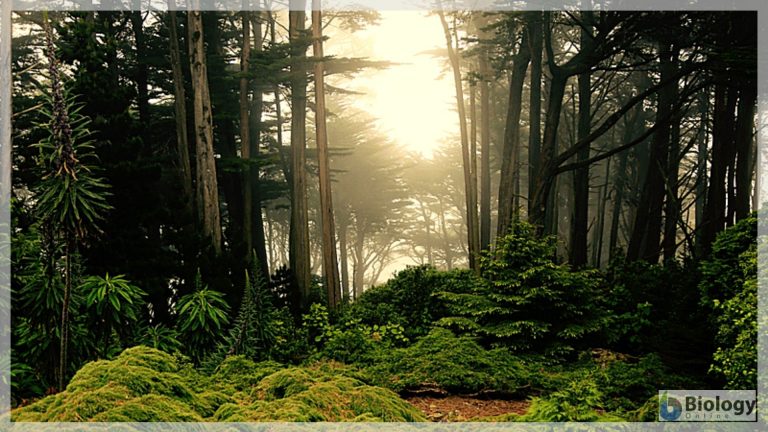
New Zealand. Photo by Chris Fort. Public domain.
Table of Contents
In the previous lesson, we learned what a population is, its attributes, and processes that brought about population changes. In our final lesson of this tutorial, let us learn about population interactions within a community.
Ecological Community
An ecological community refers to the various populations of species living together in a particular area — from the very small assemblage as in a pond or a tree to the huge regional or global biotic associations as in a biome. (Ref.1)
A stable community is one that is diverse. It consists of various populations where each of them occupies an ecological niche. For instance, a population of producers will take the role of producing food from inorganic sources, for example through photosynthesis. Consumers will regulate the growth of producers by feeding on them while serving as a food source to the other consumers. Decomposers are the members of the community whose ecological function is to recycle the nutrients back to the environment through decomposition.
Community Dynamics and Patterns
Communities are bound to change. A stable community could be disturbed, for example, by a natural phenomenon, like forest fires and volcanic eruptions. When this happens, the original community is replaced by a new one. This is called ecological succession.
Two forms of ecological successions exist. They are the primary and the secondary. In the primary succession, a new land emerged and a community colonized it. The first organisms to colonize the land are referred to as pioneer species.
In secondary succession, a stable community already inhabits the land but because of a disturbance, the community got wiped out. Soon, a new community establishes. Because of the new community, the environment changes. These changes become conducive for the growth of a new set of species, which will now be better adapted than the previous community. These successions will continue until stability is reached again. A stable community is referred to as a “climax community”. At this point, succession will not go any further until the next disturbance. (Ref. 2)
Community structure may also be represented through stratification or through zonation. In stratification, the structure of the community is depicted as a stratum. Each layer is occupied by a particular group of species that prefer the conditions in that stratum. In zonation, the community is divided into zones.
Rainforest Stratification
Let’s take a look at a rainforest community as an example of stratification. A rainforest community typically has four distinctive layers, namely (1) emergent, (2) canopy, (3) understory, and (4) forest floor. These layers will differ, for instance, in the quality of water, sunlight, and air circulation.
The emergent layer, which is the topmost layer, is a sunny layer. Thus, this layer consists of tall trees, with heights reaching up to 60m, sparse foliage, and light-weight seeds that can be dispersed by wind. The animals that are commonly seen in this layer include birds, butterflies, and small monkeys.
The next layer is the canopy. This layer is a dense layer of vegetation. Because of the thick, large, overlapping foliage of the trees in the canopy, much of the wind and sunlight are blocked. This makes the canopy humid. Thus, the trees in the canopy also tend to be glossy to repel water. And unlike the trees in the emergent, most of the trees here produce seeds in large fruits. This entices animals to eat the fruits and, consequently, disperse the seeds. This also explains why the canopy is teeming with more animals than the emergent layer.
Some of the major animal groups in the canopy are insects, birds, frogs, sloths, and larger monkeys. Epiphytes (aerial plants growing on the lofty branches of trees) also abound in the canopy.
Below the canopy is the understory. This layer is darker and more humid than the canopy. You will find here the young trees, shrubs, palms, and vines. Plants that will not be able to reach the canopy and remain in the understory have special adaptations to survive the scanty light available. For instance, many of them tend to have broad leaves and large flowers. Their broad leaves enable a larger surface area to collect light. The large flowers are essential to attract pollinators like insects. Apart from insects, the major types of animals here are frogs and snakes.
The forest floor is a blanket of fallen leaves, fruits, tree branches, moss, animal droppings, and other detritus. It is rich in decaying organic matter. Because of this, the forest floor abounds in various decomposers, like earthworms, fungi, bacteria, and other microbial life. (Ref. 3)
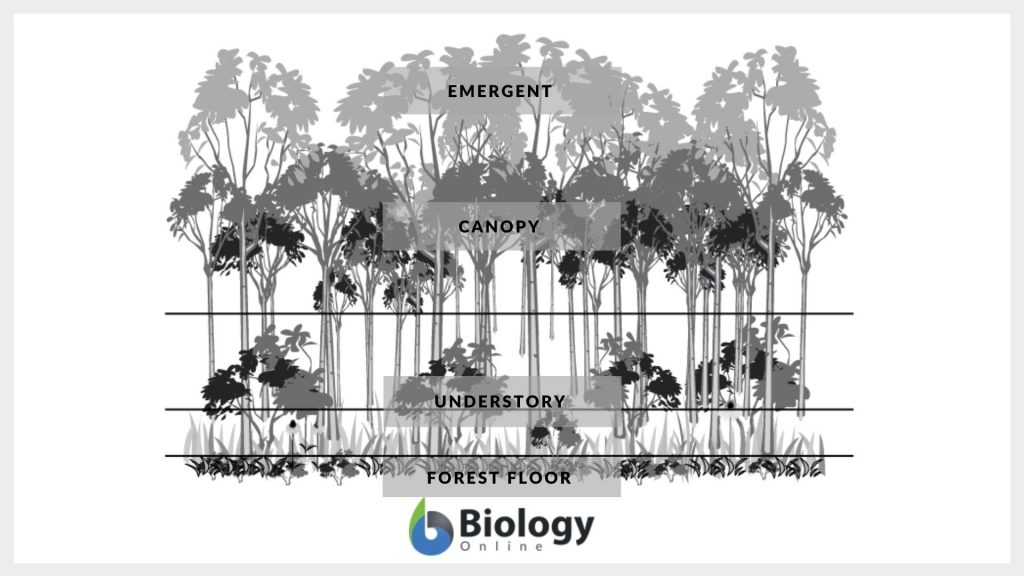
Lake Zonation
A lake is an example of a community exhibiting zonation. A typical lake has three distinct zones. They are the littoral zone, limnetic zone, and benthic zone. Similar to stratification, the zones have a particular set of organisms better suited to each zone.
The littoral zone is the zone nearest to the shore area. Because it is shallow, the sunlight can penetrate all the way up through the bottom. It also receives lots of nutrients, such as from runoff. The presence of nutrients and sunlight makes the littoral zone a habitat abundant in algal growth, aquatic plants (macrophytes), cattails, reeds, crawfish, snails, insects, zooplankton, and small fish. (Ref. 4)
The limnetic zone, unlike the littoral zone, does not receive light all the way to the bottom. The portion of the limnetic zone in which sunlight can penetrate through is called the euphotic zone (also called epilimnion) whereas the portion that lacks sunlight is called the profundal zone (also called hypolimnion).
Because light is present in the euphotic zone, photosynthetic organisms are found here, such as algae and other non-rooted aquatic plants. There are also more fish because oxygen levels are higher in the euphotic zone than in the profundal zone. Thus, there is a lower density of fish in the profundal zone.
While the rainforest has a forest floor that contains decaying organic matter, the lake has a bottom zone called the benthic zone containing dead algae, plants, and aquatic animals. Thus, you will see various decomposers in the benthic zone. They decompose the decaying organic and recycle the nutrients for reuse in the lake ecosystem.
Factors Influencing Community Patterns
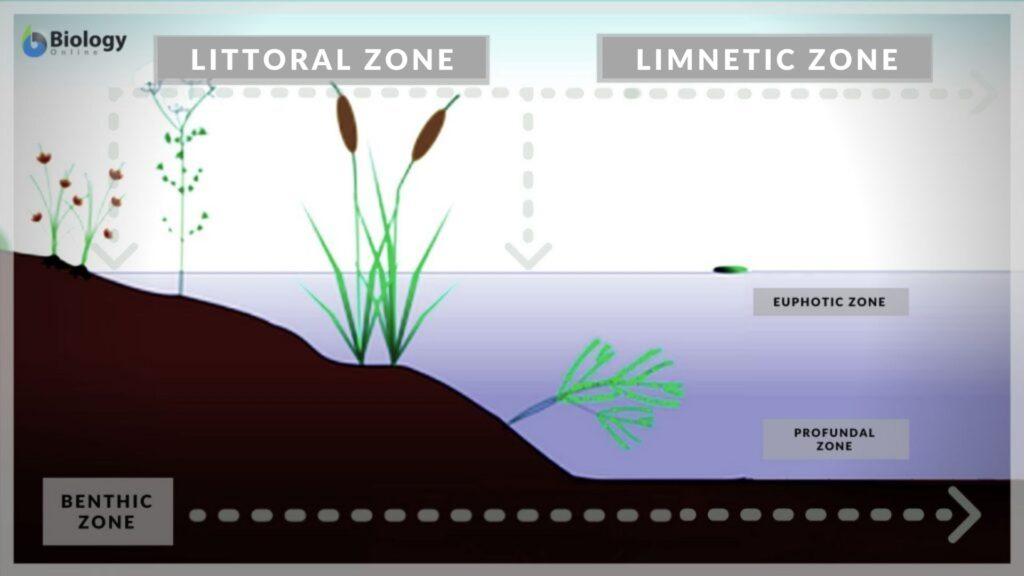
Community patterns are influenced by ecological factors, which are of two types: abiotic and biotic factors. Abiotic factors are the non-living chemical or physical factors in the environment. Previously, we’ve seen how sunlight influenced community patterns. The kinds of organisms and population densities depend on the quality and the quantity of sunlight available in a particular stratum or a zone. Other abiotic factors that have a huge impact on community patterns are humidity, temperature, and oxygen levels.
Biotic factors are any of the living components in an ecosystem that have an effect on the community. Different populations in a community interact with one another and establish relationships. Depending on the nature of the relationship, it can be mutualism (both species benefit), competition, predation (prey-predator relationship), or parasitism (host-parasite relationship). Some of these relationships can be further classified as obligate or facultative. For example, an obligate mutualism requires both species to be in close proximity. They are interdependent with each other so much that when one is absent the other will not be able to survive. This is seen in lichens wherein the separation of the fungi and the algae components will result in the death of both species. Conversely, a facultative mutualism is when the species can still survive in the absence of the other species. For example, a tree produces fruits that serve as one of the food sources for animals in the canopy. The animals, in turn, help the plant disperse the seeds by dropping the leftovers to the floor. If the fruit is not eaten, it will eventually drop to the forest floor where other land animals will be able to feed on it and release the seeds.
Ecological Factors in New Zealand Forest Community
In New Zealand, the native forests (ngahere) exhibit stratification as evidenced by the tall trees in the canopy to the mosses covering the forest floor. (Ref. 5) The different layers in the ngahare form distinctive microclimates that lead to the creation of mini-ecosystems.
One of these mini-ecosystems is the honeydew ecosystem that develops from the honeydew released by certain scale insects living inside the beech tree bark. Their honeydew serves as food for birds, fungi, and insects. (Ref. 5)
Lichens, which flourish in clean air, are found dripping from the trees, such as those in the South Island forests. (Ref. 6)
About 70% of the plants in New Zealand forests produce fleshy fruits. And many of them rely on birds for seed dispersal.
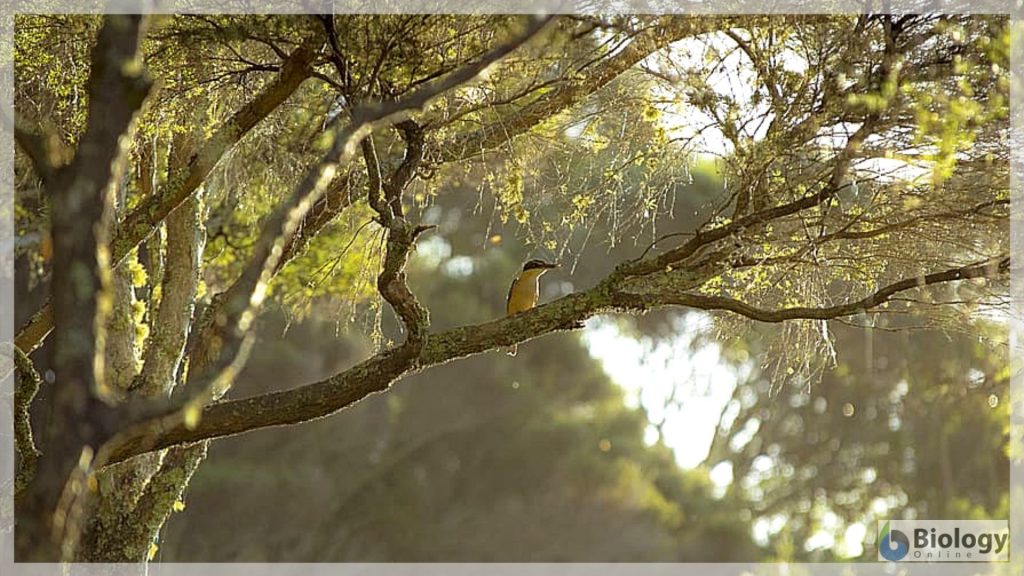
Native mistletoes, Peraxilla spp., depend specifically on bellbirds (Anthornis melanura) and tūī (Prosthermadera novaeseelandiae) as pollinators. As these birds feed on the nectar, they tweak open the flowers with their beak, thereby opening the flower for cross-pollination. And so when these birds have declined in numbers, the mistletoe numbers have also declined. (Ref. 5)
Masting in New Zealand is one of the biggest challenges in protecting the native flora and fauna in the country. This is when the trees produce flowers and seeds en masse. An example of this is the beech mast. When this occurs, the population of mice and rat populations also rises. This could, in turn, lead to “predator plague“. (Ref. 7)
Many native birds in New Zealand have evolved to become ground dwellers, losing their ability to fly high up. And so, when humans and introduced predators, like rats, arrived, these birds became easy prey. Norway rats, for instance, are excellent tree climbers. They climb trees to steal and eat eggs from nests. (Ref. 8)
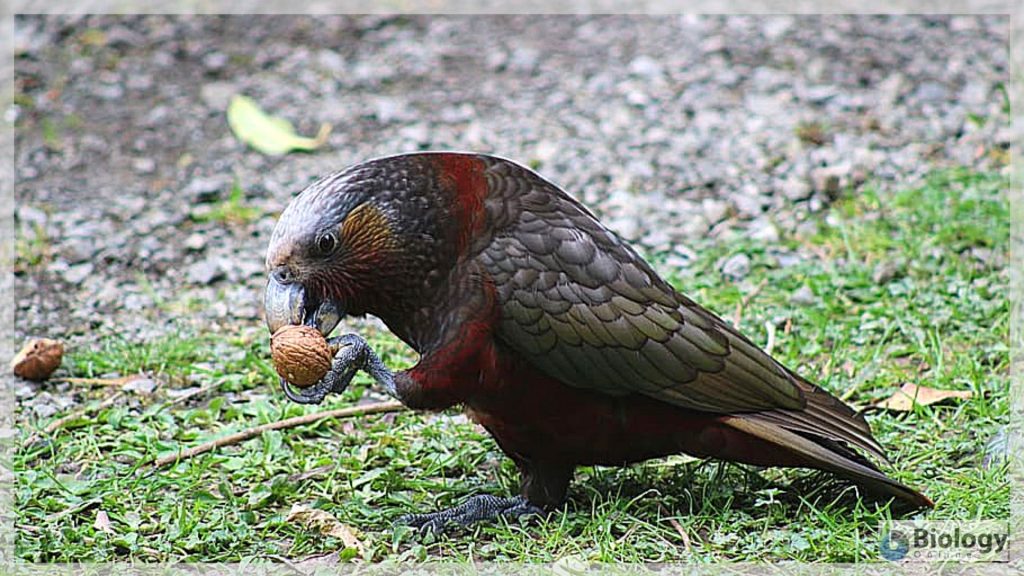
Beech trees and mycorrhizae (fungi) form mutualism. While the tree provides food (sugar) and habitat (its roots) for the fungi, the fungi, in turn, absorb soil nutrients that the tree can use for its growth. (Ref. 7)
Conclusion
You have reached the final lesson in this tutorial. By now, you have learned about the multifarious factors that helped shape the unique flora and fauna of New Zealand. If you wish to read the past lessons, go to Ecology & Biodiversity: New Zealand Flora & Fauna for the list of lessons.
References:
1. Community (biology) Definition and Examples – Biology Online Dictionary. (2020, June 25). Biology Articles, Tutorials & Dictionary Online. https://www.biologyonline.com/dictionary/community-biology
2. Community Patterns. (n.d.). Retrieved August 21, 2020, from https://www.nobraintoosmall.co.nz/students/biology/NCEA_Level2/pdfs/bio2_90461_ecologypatterns.pdf
3. National Geographic Society. (2015, May 11). Rainforest. National Geographic Society. https://www.nationalgeographic.org/encyclopedia/rain-forest/
4. Kasco Marine. (2016, February 11). Kasco Marine. https://kascomarine.com/blog/pond-lake-zone-identification/
5. Trees and ecosystems. (2018). Science Learning Hub. https://www.sciencelearn.org.nz/resources/2645-trees-and-ecosystems
6. Lichen on forest trees. (2019). Science Learning Hub. https://www.sciencelearn.org.nz/images/1874-lichen-on-forest-trees
7. Beech forest. (2014). Govt.Nz. https://www.doc.govt.nz/nature/native-plants/beech-forest/
8. Predation of native birds. (2010). Science Learning Hub. https://www.sciencelearn.org.nz/resources/1159-predation-of-native-birds
You will also like...

Human Biology – Food and Digestion
This tutorial recognizes the importance of food as a source of energy that will fuel many biological processes. A good d..
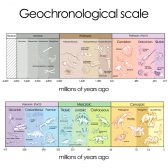
Geological Periods
Geological periods is a study guide that cites the different geological periods on Earth's timeline. Each has a brief ov..
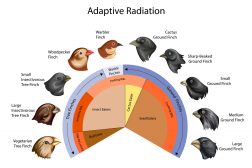
Adaptive Radiation
The diversification of several new species from a recent ancestral source, each adapted to utilize or occupy a vacant ad..
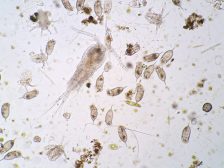
Freshwater Communities & Plankton
Planktons are microscopic organisms that live suspended in aquatic habitats. There are two groups: the phytoplanktons an..
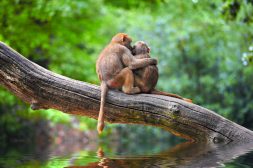
Population Regulation in an Ecosystem
With regard to the population size of a species and what factors may affect them, two factors have been defined. They ar..

Chromosomes X and Y and Sex Determination
This tutorial looks at sex determination via the sex chromosomes, X and Y. Read it to get more info on X and Y chromosom..
